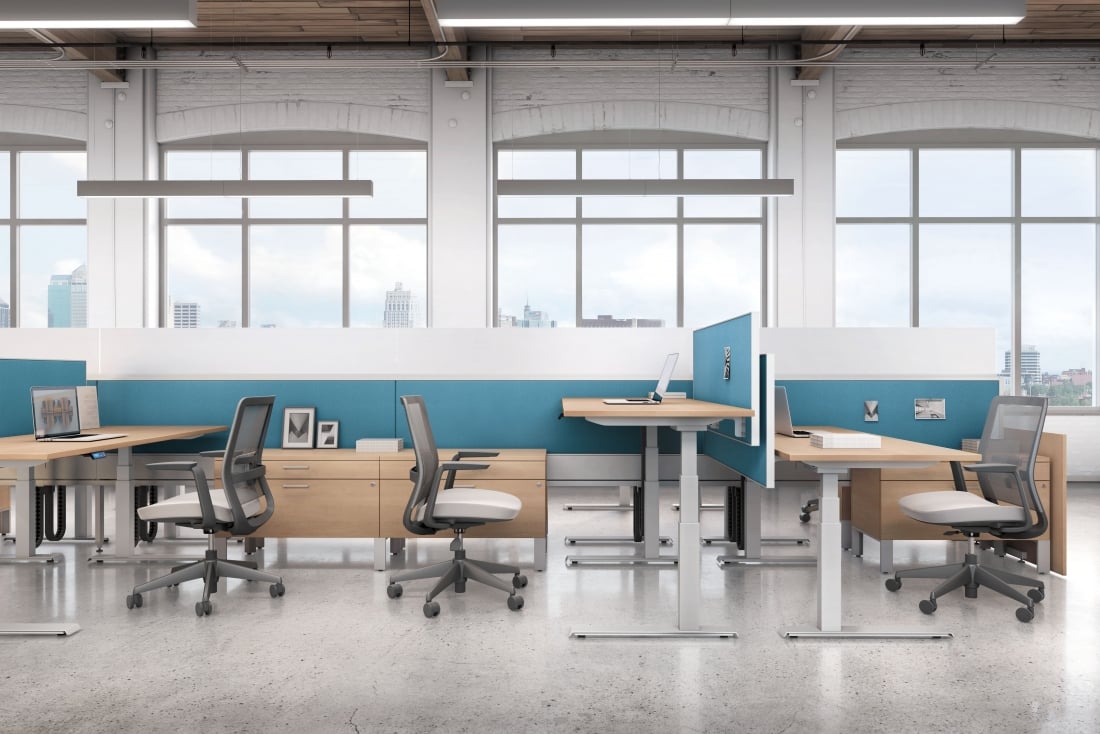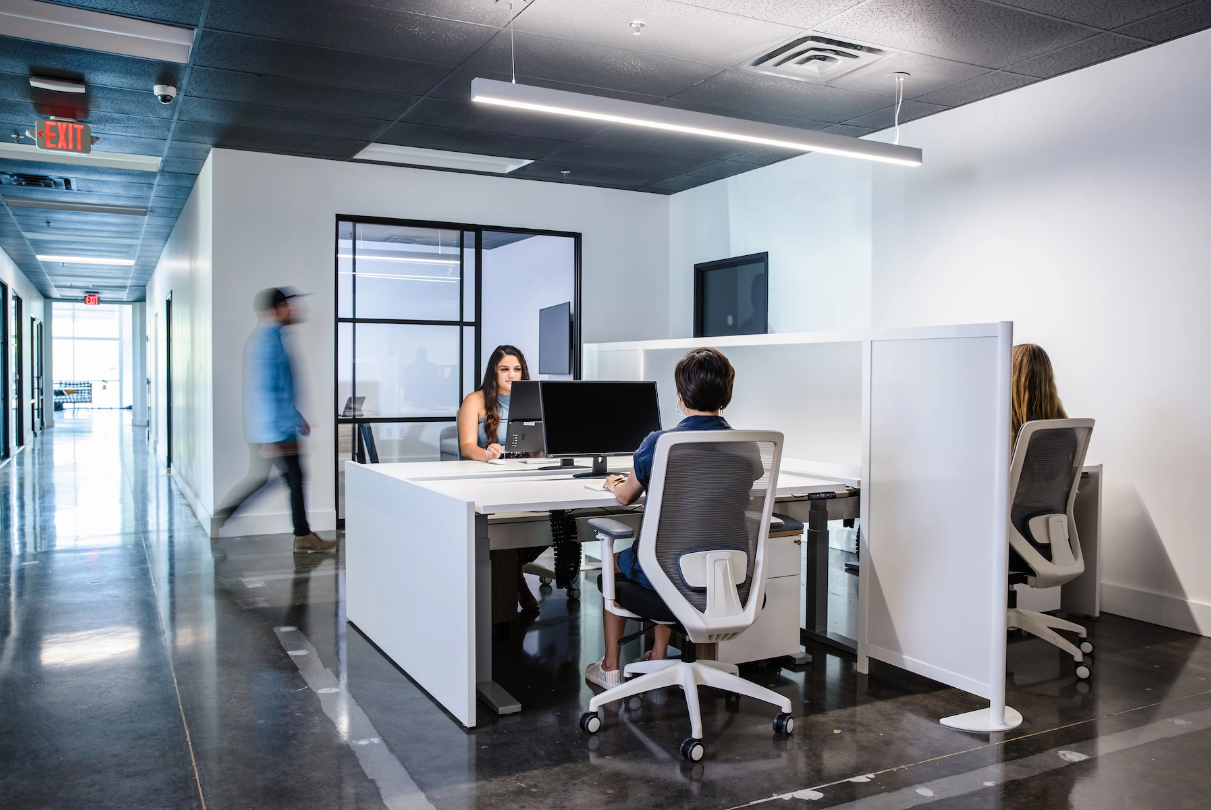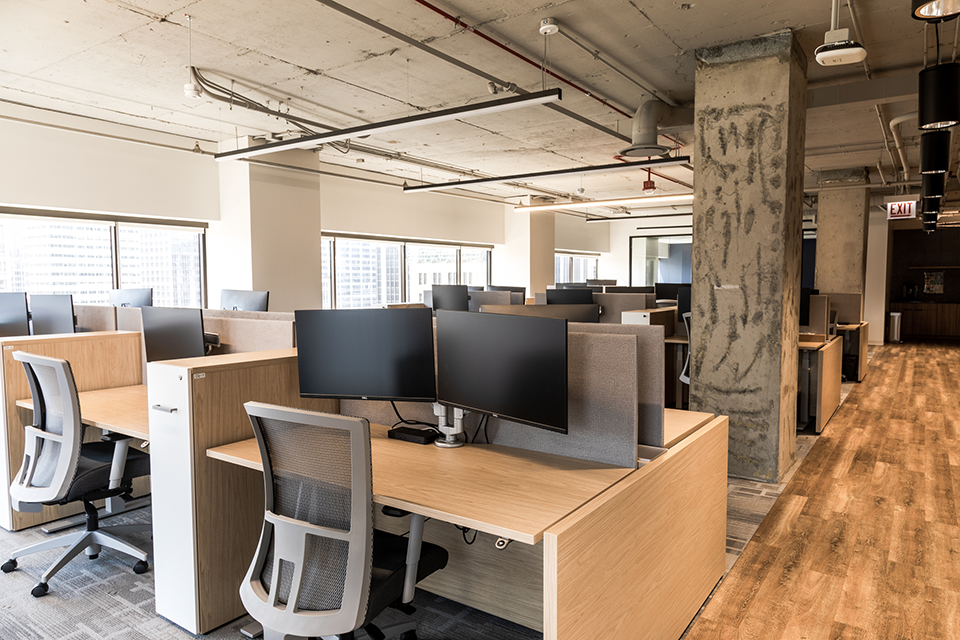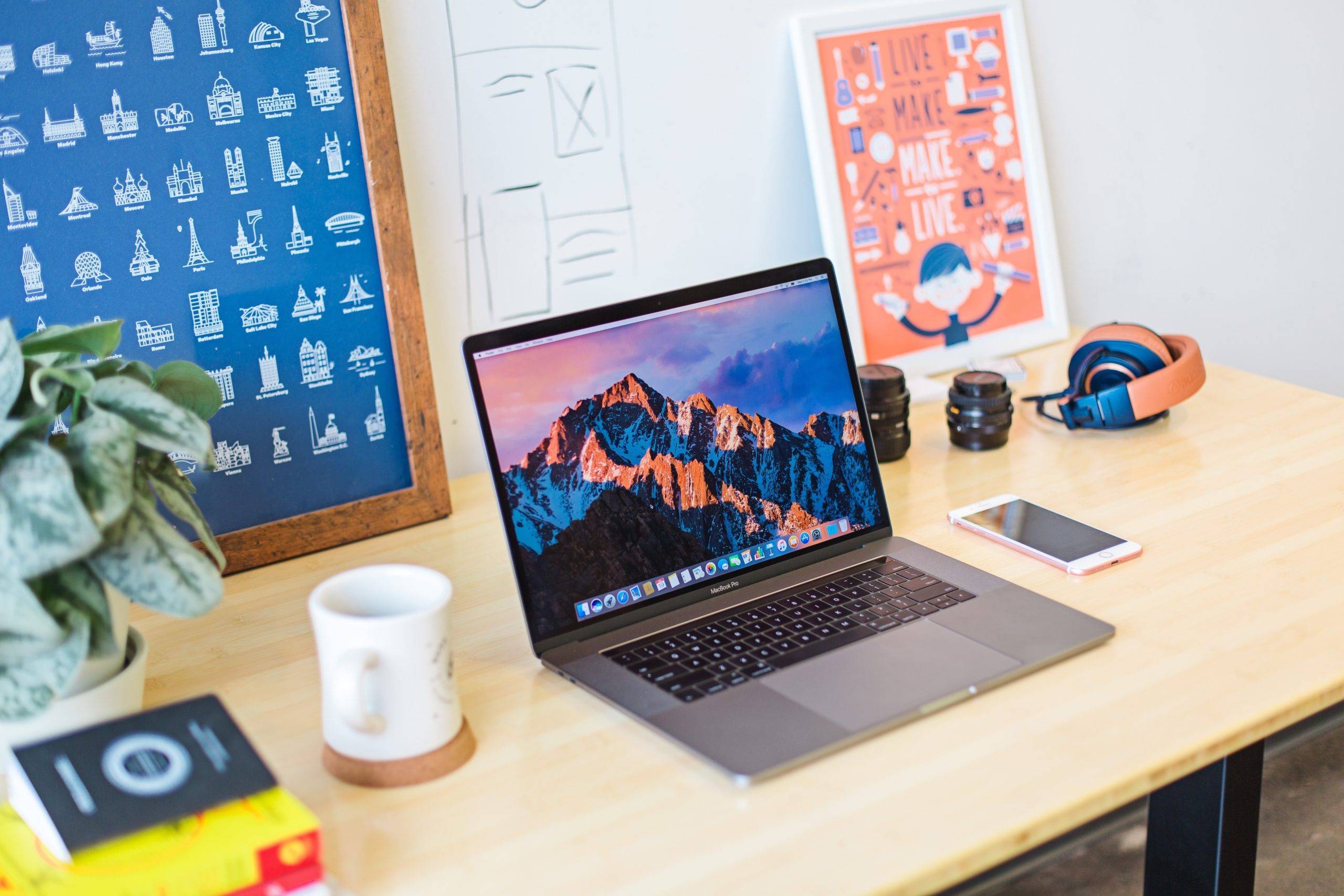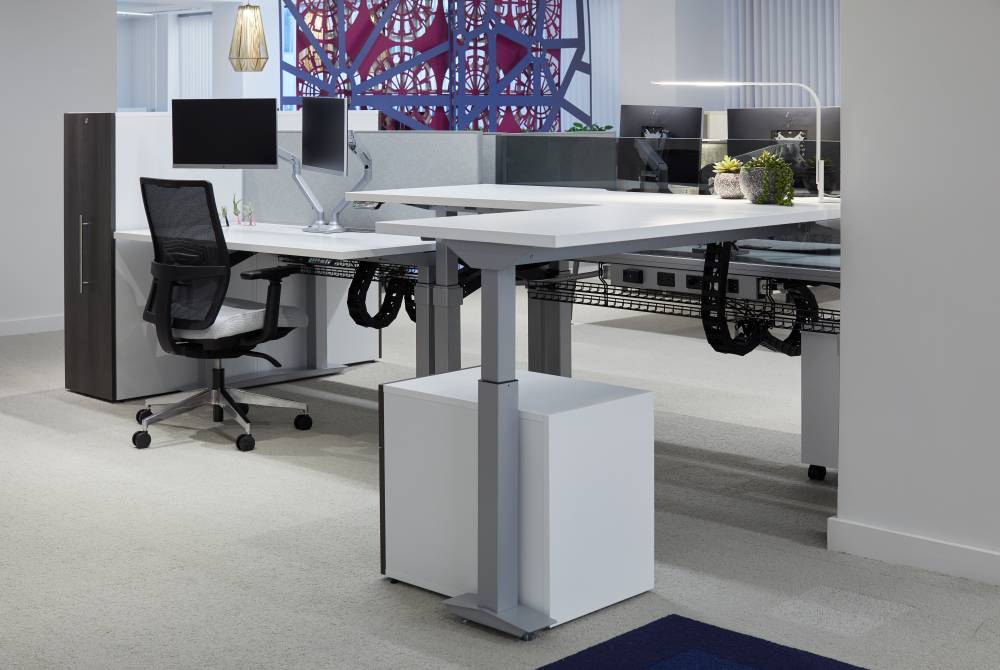The highly anticipated return to work is finally upon us, and with it, a list of requirements workplaces need to meet to ensure the workspace is safe for their employees. But, for many employers, there’s another concern. Workers are concerned about working in the office environment they left behind. For this reason, installing office partition panels is both about following guidelines but also reassuring employees that their safety is your number one priority.
The Advantages of Installing Office Partition Panels
The CDC recommends that workplaces “Install transparent shields or other physical barriers where possible.” However, for workplaces, there are a host of other advantages to following the CDC recommendations. These include:
Creating A Sustainable Office Space
Installing office partition panels enable workplaces to be resilient to new outbreaks. One thing COVID-19 has highlighted is that workplace design can – and should – always be improved to reduce the risk of possible threats. Ultimately, installing office partitions make a workplace more sustainable.
Sustainability will become a buzzword of return to work campaigns. This is something workplaces should be cognizant of because installing office partition panels will be crucial to unlocking a sustainable workplace. Regardless of how long COVID-19 remains, having an efficient design will produce long term benefits.
Implementing Additional Safety Precautions
Office partition panels function as an additional safety precaution in preventing the spread of COVID-19 and other illnesses spread by droplets.
COVID-19 may not be here forever, but common illnesses like the flu, strep throat, or colds spread through workspaces during the flu-season and greatly diminish the productivity of workers because co-workers are constantly infecting and reinfecting their peers.
Enriching Employee Wellbeing
Open plan office spaces can be triggering to employees who suffer from – or are prone to – stress and anxiety. While employees can still interact with their colleagues, having office partition panels is a great way to prioritize employee mental wellbeing while maintaining a cohesive and collaborative work environment.
Increasing Productivity
Working in isolation has taught us two things:
- Young kids love making appearances on Zoom meetings, and
- Working in isolation can help employees maintain productivity.
While working another month or two in isolation may be agonizing for employees, by installing office partition panels you create the sort of private and secluded environment employees enjoyed when working remotely, but add the benefits of working with teammates.
Besides, being in isolation also means employees have fewer distractions and can get the job done!
Various Panels and Their Purposes
What role will office partition panels play in advancing your workplace?
Creating physical barriers isn’t as simple as erecting panels and calling it a day. There are many different partitions with several different purposes and functions, all of which will greatly add to your work environment if selected correctly. If you choose the right partition, investing in office partition panels will be valuable.
Desk Dividers
Desk dividers can be divided (pun intended) into several smaller groupings, these include:
Desk Shields
Made of a clear, durable, and easy to maintain acrylic material, desk shields enable you to keep an open plan office feel, but with the health and safety benefits of other partitions.
Desk shields are transparent and can be installed on most desks to create up to 270-degree protection.
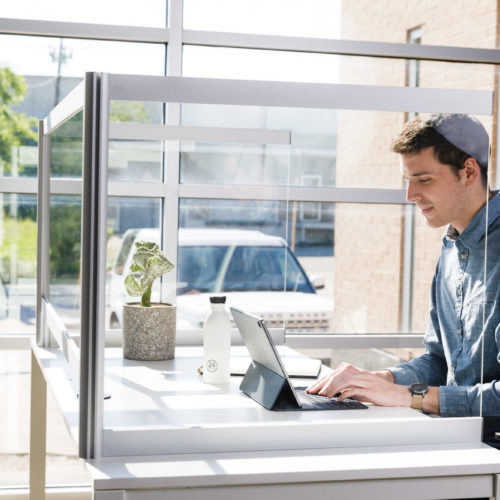
Mobile Dividers
If you’re searching for a short term or easy to install solution mobile partitions can be beneficial. The name says it all. Mobile dividers are easy to move and can be configured to accommodate diverse office setups.
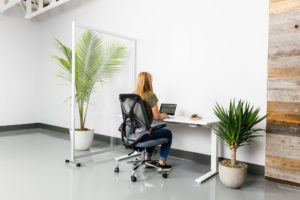
Office Furniture Screens
Office furniture screens can be a multi-purpose solution. You can add office shields to existing partitions to maximize their benefits, but you can also use your office furniture partitions to serve other functions, one example is office furniture screens can double as whiteboards.
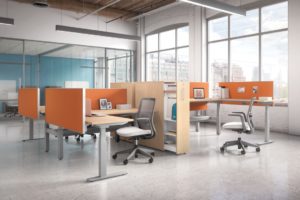
Cubicle Partitions
Cubicle partitions are a classic office partition. They’re durable, reliable, and can be configured in a variety of designs. They also offer employees privacy while reducing common office noise and distractions, enabling employees to escape to their mini-private office in a bustling office environment.
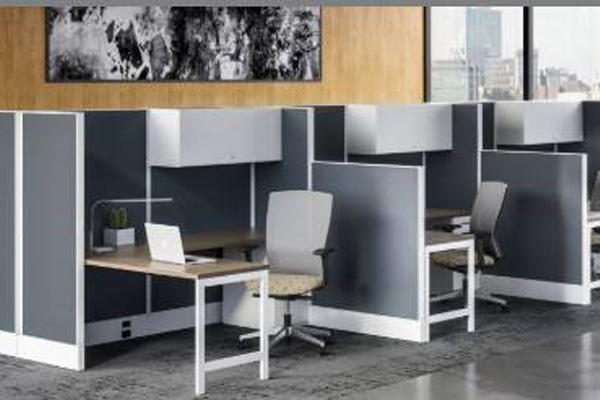
What You Need To Consider To Select The Best Panels for Your Workplace
To ensure you’re getting a partition that’s suitable for your office space, here are some matters you need to consider when selecting an office partition.
Structure
How durable, pliable, or sturdy do you need your office partitions to be? Depending on your needs you should choose a partition designed to handle the amount of wear-and-tear that will occur in the office. Therefore, it is vital to consider the materials in use.
Functionality
Consider the purpose the partition will be serving? Besides protecting from illnesses spread through droplets, office partition panels can have numerous other functions. Discussing your needs with a professional will help you determine what more you can do with office partitions so they have long term benefits.
Adaptability
How well will the office partitions you choose, adapt to an evolving work environment? It isn’t advised to use office partitions as a short term solution because if effectively incorporated into your office design, the benefits of partitions are definitive.
Since you’re heading back to the office, why not download our Return to Work Playbook? This superior resource covers the precise steps you need to take to ensure your employees are safe and adjust easily to their new work environment.
